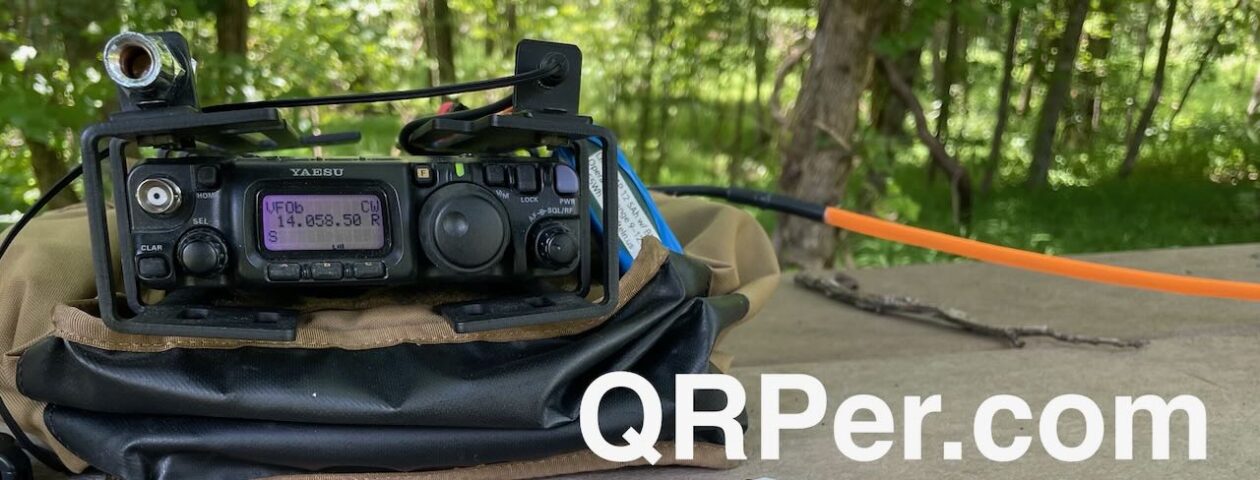
Many thanks to Pete (WB9FLW) who shares the following:
Farhan VU2ESE Does It Again!
http://www.phonestack.com/farhan/ubitx/ubitx.html
A compact 10 watts, easy to build, general coverage SSB/CW transceiver for HF bands
Homebrewers have traditionally avoided making multiband transceivers as they can get extremely complex and difficult to make. There have been some remarkable successes in the past, the CDG2000 (designed by Colin Horrabin G3SBI, Dave Roberts G8KBB and George Fare G3OGQ)is one such design. The SDR route as followed by several designs offer some simplification at the cost of bringing digital signal processing and a PC into the signal path.
On the other hand, many of the homebrewers do need a general coverage transceiver on the bench as well as as a base transceiver for bands beyond the HF. I ended up buying an FT-817ND that has been a reliable old warhorse for years. Two years ago, I attempted a high performance, multi-band architecture with the Minima transceiver. The KISS mixer of the Minima, though a very respectable receiver front-end, had serious leakage of the local oscillator that led that design to be abandoned as a full transceiver. Over months, I have realized that the need for a general coverage HF transceiver was wide-spread among the homebrewers. Most of us end up buying one.
While achieving a competition grade performance from a multiband homebrew is a complex task as evidenced by the works like that of HBR2000 by VE7CA, it is not at all difficult to achieve a more modest design goal with far lesser complexity. The uBITX shoots to fulfill such a need. It is a compact, single board design that covers the entire HF range with a few minor trade-offs. This rig has been in regular use on forty and twenty meters for a few months at VU2ESE. It satisfies for regular work, a few trips to the field as well.
A key challenge for multiband transceivers has been to realize a local oscillator system with such wide range. Silicon Labs has now produced a series of well performing oscillators that solve this challenge trivially : You connect the oscillator chip over a pair of I2C lines and it is done. The Si5351a is one such a part that provides 3 programmable oscillator outputs in a small 10 pin TSSOP package. We will exploit this chip to build the multiband transceiver.
Having exclusively used homebrew transceivers all the time, I get very confused whenever I need to use a commercial radio. There are too many switches, modes and knobs to twirl around. The uBITX use an Arduino to simplify the front panel while retaining all the functionality in a simple menu system that works with the tuning knob and a single ‘function’ button. The rig supports two VFOs, RIT, calibration, CW semi break-in, meter indicator, etc. In future, more software can be added to implement keyer, SWR display, etc.
Click here to read the full description of this project and download diagrams/schematics!
This is brilliant! Thank you for sharing, Pete!
